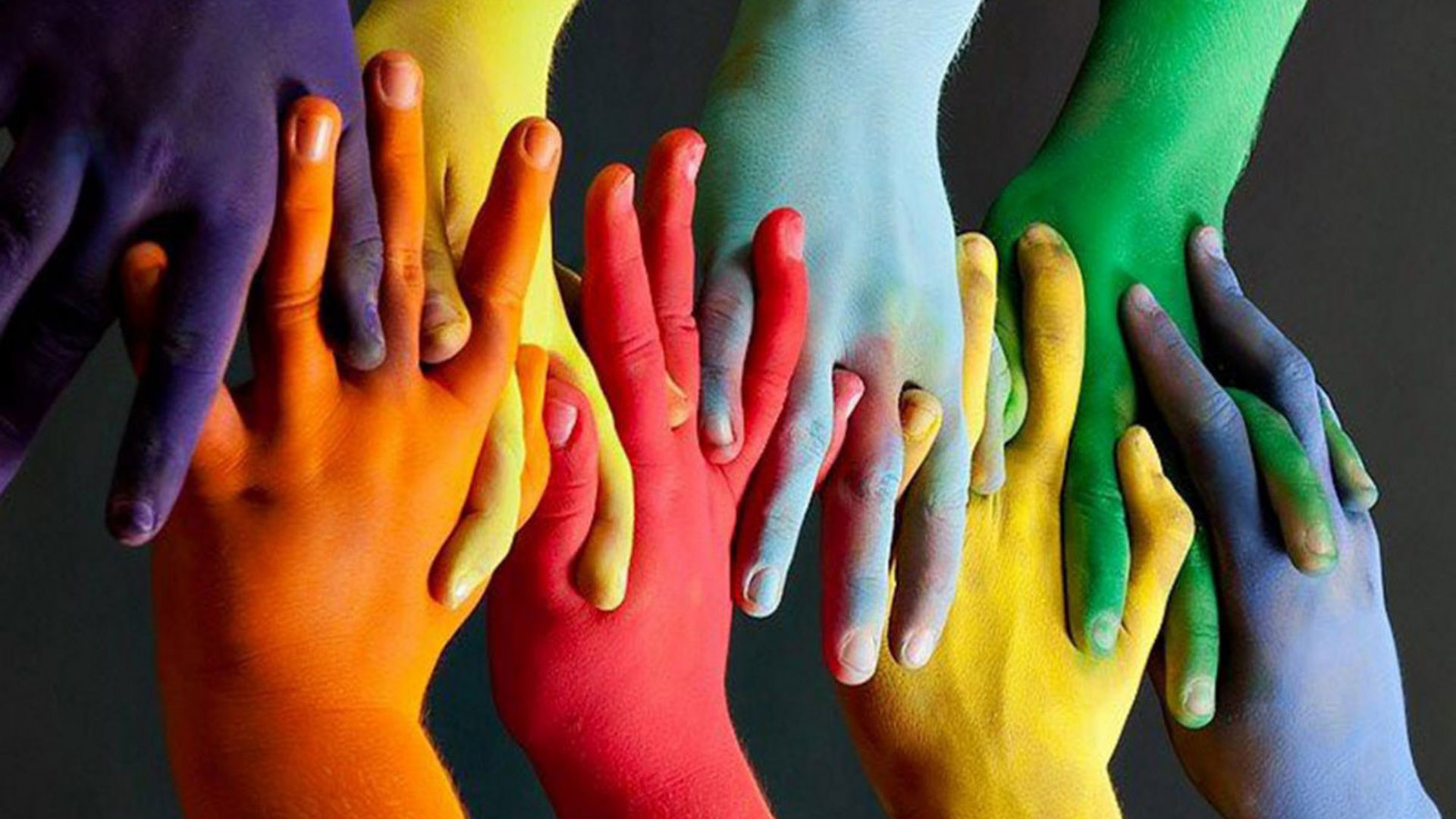
Having a culture that includes and supports all people is more than just a moral obligation. It is a critical and commonly overlooked ingredient for success. An alloy is stronger and has more applications than something made of just one material, and research shows the same is true for high-performance teams.
Many very talented workers are disengaged because they don’t feel accepted by their boss or coworkers. Additionally, many are never hired because someone who did not understand or accept their differences saw them as “not a fit” for the company’s culture. Some employees who feel they won’t be accepted based on gender, sexual orientation, lifestyle, race, or culture don’t perform at their highest level. If you believe that people lack tolerance for who you are and they make statements that prove it, you emotionally check out and your performance suffers as a result.
Some of you might be thinking, “No offense, but these people need to suck it up and deal with it, because not everyone is going to like and approve of them.” Well, I guess that seems like sage (as in old but possibly semi-valid) advice; but who wants to give 100% at job where 90% of the people treat you like you are not welcome or worthy of a promotion? I call that an emotional-math malfunction! That’s when what seems kind oftrue does not mathematically add up to how you feel.
It made sense that the Cartwright family on the old TV show Bonanza had some realistic issues that still hold true today. But, for those of you too young to remember the show, it was more or less the story of a 50-year-old dad and his three 48-year-old sons! So the feeling it gave you was that it was too ridiculous to watch. Why would I waste my time and emotional effort on a show that continually insults my intellect? If you have read my books and contributions to The Washington Post or seen me speak, you have heard me use the Bonanza example before. It has always reminded me that some things can make sense on a certain level but are, in reality, totally absurd.
The fact is that tolerance leads to awareness and understanding that creates long-term value. People who feel like you value them and know you are concerned about what is important to them will place a much higher value on you and what you have to offer. That’s not a feel-good story or theory; that is the overall cumulative result of Gallup opinion surveys for over 70 years. The only way to create value for yourself is to create it for others first.
So without a culture of inclusion, we don’t have the influence to improve or even maintain a level of high performance. These days you can’t attract or keep talented Gen Y people if they think you don’t accept and honor people who are not like you. Unlike other generations, they will invalidate everything else you do if they think you are not tolerant. This is a problem a company cannot afford to have. With Twitter, Facebook, SnapChat, and Instagram, the message goes out to the masses that your organization is on the “skip list” when it comes to employment opportunities. One large West Coast organization found this out when word spread of its seemingly intolerant culture; as older employees retired over the course of a few years, the organization had to shut down two plant locations because there was no one to hire. (They were all at Starbucks and working other retail jobs for one-fifth of the pay!)
Beyond the possibility of an entire pool of candidates writing you off, it’s the power of a diverse team that you really don’t want to miss out on. The following excerpt from the HCareers website cites research suggesting a boost in problem-solving success and creativity among teams made up of diverse members:
In a series of recent studies conducted at prestigious research institutions ranging from Rutgers University to MIT’s Sloan School of Management, the tangible outcomes of diverse workplaces have been subjected to rigorous analysis. On almost every measure, workplace teams that are comprised of staff members from a variety of different racial, ethnic, and cultural backgrounds function more effectively than work groups that are homogeneous, or comprised mostly of staff members with similar backgrounds. … Some of the most striking divergences can be seen in the areas of problem-solving, conflict resolution, and creativity. In these three crucial skill sets, diverse groups have been shown consistently to outperform their homogeneous counterparts.1
Employee engagement surveys that Evolve Performance Group conducted across 46 countries and 27 languages show that the No. 1 thing that people value is feeling valuable. We need to make sure we have a culture that is open to everyone and therefore positioned for success. So the bottom line is this: if everyone on your team looks, thinks, and acts a lot like you, statistically there is a really good chance you’re on a crummy team! No offense!
1 https://www.hcareers.com/us/resourcecenter/tabid/306/articleid/327/default.aspx
Employee Engagement keynote Speaker, Inclusion and Diversity Programs.






